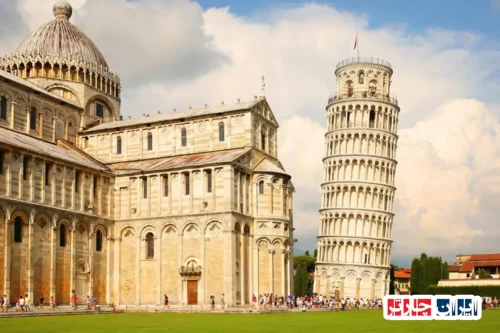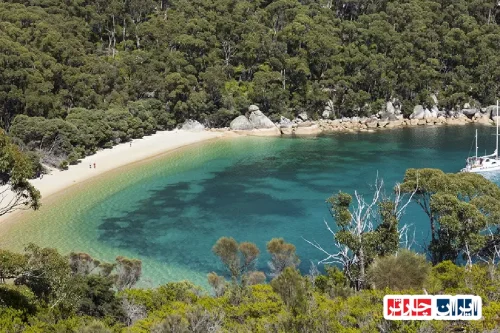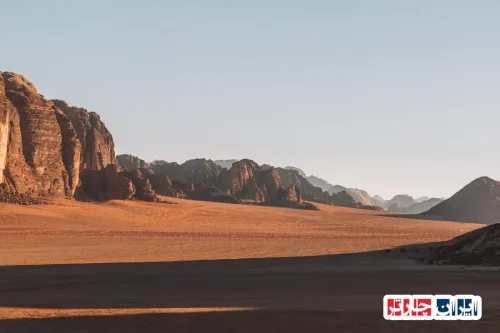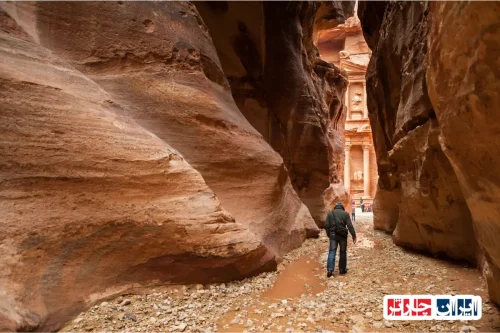Your Guide to Italy: A Gateway to Rich History and Culture
Italy, a country with a history as ancient as civilization itself and a culture woven into the fabric of its daily life, has always been a dream destination for tourists. From the grandeur of Rome’s Colosseum and the unparalleled beauty of Venice to Florence’s artistic treasures, every corner of this land invites you on a journey through a magical time and place. If you’re seeking an unforgettable experience that combines ancient architecture, Renaissance masterpieces, and breathtaking natural landscapes, a trip to Italy is your best choice. This country is not only the heart of European history and art but also satisfies every taste with its vibrant cities, sunny coasts, and towering mountains.
Savoring Unforgettable Flavors: A Culinary Journey Through Italy
Italian cuisine, renowned worldwide, is an inseparable part of the travel experience in this country. From authentic Neapolitan pizzas with their incredible aroma and taste to diverse pastas and homemade sauces that captivate every palate, Italian dishes are more than just a meal; they’re a cultural experience. The taste of fresh gelatos and authentic Italian coffees, especially espresso, is an experience you’ll never forget. Furthermore, the opportunity to sample local wines like Chianti and Barolo in wine-producing regions doubles the pleasure of your trip to Italy. Exploring local markets and trying fresh produce offers a chance to immerse yourself in authentic Italian life and savor the true flavors of this land.
Italy at a Glance: From Ancient Rome to Romantic Venice
A trip to Italy means immersing yourself in a delightful contrast of ancient and modern cities, sunny beaches, and lush mountains. Rome, the Eternal City with its remnants of the Roman Empire, Florence, the cradle of the Renaissance with countless artistic treasures, and Venice, the city on water with its dreamy canals, are just some of this country’s attractions. Geographically, Italy is a peninsula in Southern Europe with a Mediterranean climate; the best time to visit is usually spring and autumn to avoid crowds and summer heat. Don’t forget to familiarize yourself with local customs and respect the rich culture of this country when you travel to Italy.
Historical and Artistic Treasures: A Destination for Every Taste
Italy is literally an open-air museum. The Colosseum and Roman Forum in Rome transport you back to the era of gladiators, while the ruins of Pompeii offer a deep look into the daily life of ancient Romans. For art lovers, the Uffizi Gallery in Florence, with Renaissance masterpieces like Botticelli’s “Birth of Venus” and “Primavera,” and the Vatican Museums, including the Sistine Chapel and Michelangelo’s paintings, are unavoidable destinations. Baroque architecture also shines in Rome’s Trevi Fountain and the Spanish Steps. The countless museums and art galleries across the country ensure that every visitor, with every taste, will find their favorite treasure.
Practical Travel Guide: Smart Planning for a Seamless Experience
For a seamless trip to Italy, meticulous planning is key. Italy’s railway system is highly efficient and will easily take you to most cities. Accommodation options are also diverse, ranging from luxury hotels to charming agriturismos (farm stays) and cozy B&Bs. Estimating your travel budget and finding ways to save, such as purchasing combined tickets for attractions or using public transport passes, can be very helpful. Safety and health during your trip are also of utmost importance; always have travel insurance and remember emergency numbers. Learning a few key Italian phrases can also enrich your experience.
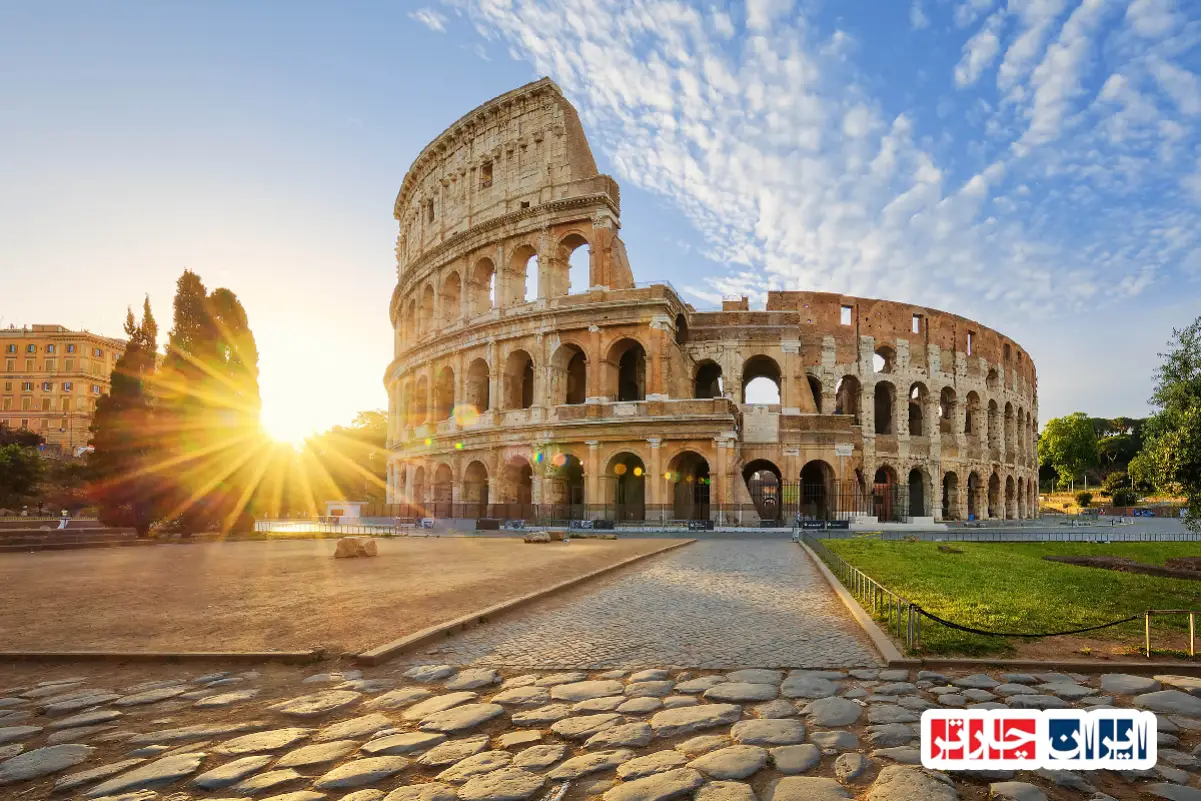
1. What’s the best time of year to visit Italy?
The best time to visit Italy depends on your priorities. Spring (April to May) and autumn (September to October) offer pleasant, mild weather and are the best choices for sightseeing and enjoying the attractions. Summer (June to August) is hot and crowded, and prices tend to be higher. Winter (November to March) is less crowded and suitable for winter sports enthusiasts in northern Italy.
2. Do I need a visa to travel to Italy?
If you are a citizen of a country outside the European Union or the Schengen Area, yes, you will need a Schengen visa to enter Italy. You should apply through the Italian embassy or consulate in your home country.
3. What’s the local currency used in Italy?
The official currency in Italy is the Euro (EUR). It’s advisable to carry some cash Euros, although international credit and debit cards are accepted in most shops and restaurants.
4. What’s the official language of Italy, and is English widely spoken?
The official language of Italy is Italian. In large cities and tourist areas, many people speak English, especially in hotels, restaurants, and museums. However, learning a few basic Italian phrases can help you communicate better.
5. What’s the best way to get around between cities in Italy?
Trains are the best and most efficient way to travel between major cities in Italy. The country’s rail network is extensive and well-organized, and high-speed trains (like Frecciarossa) make travel very comfortable and fast. For shorter distances and rural areas, buses are also a good option.
6. Is Italy safe for solo travel?
Italy is generally safe for solo travel. However, like any tourist destination, basic safety precautions are essential. Be mindful of your belongings, especially in crowded places, and avoid walking in isolated areas late at night.
7. What kind of food should I try in Italy?
Italy is a food lover’s paradise! Be sure to try Neapolitan pizza, various pastas (like carbonara, lasagna, and ravioli), risotto, gelato (Italian ice cream), and tiramisu. Each region of Italy has its own culinary specialties, so don’t miss out on trying local dishes.
8. What’s the appropriate dress code for visiting religious sites and churches?
When visiting religious sites such as churches and the Vatican, you should wear modest and appropriate clothing. Shoulders and knees must be covered. Carrying a scarf or shawl to cover your shoulders can be helpful.
9. What souvenirs do you recommend buying in Italy?
Popular souvenirs from Italy include olive oil, balsamic vinegar, Parmesan cheese, coffee, leather products (like bags and shoes), fashion and clothing, handmade ceramics, and Venetian carnival masks.
10. Should I book tickets for popular attractions in advance?
Yes, for highly popular attractions such as the Colosseum, the Vatican (Vatican Museums and St. Peter’s Basilica), the Uffizi Gallery in Florence, and the Accademia Gallery (David), it’s highly recommended to book tickets in advance online. This saves time and avoids standing in long queues.



